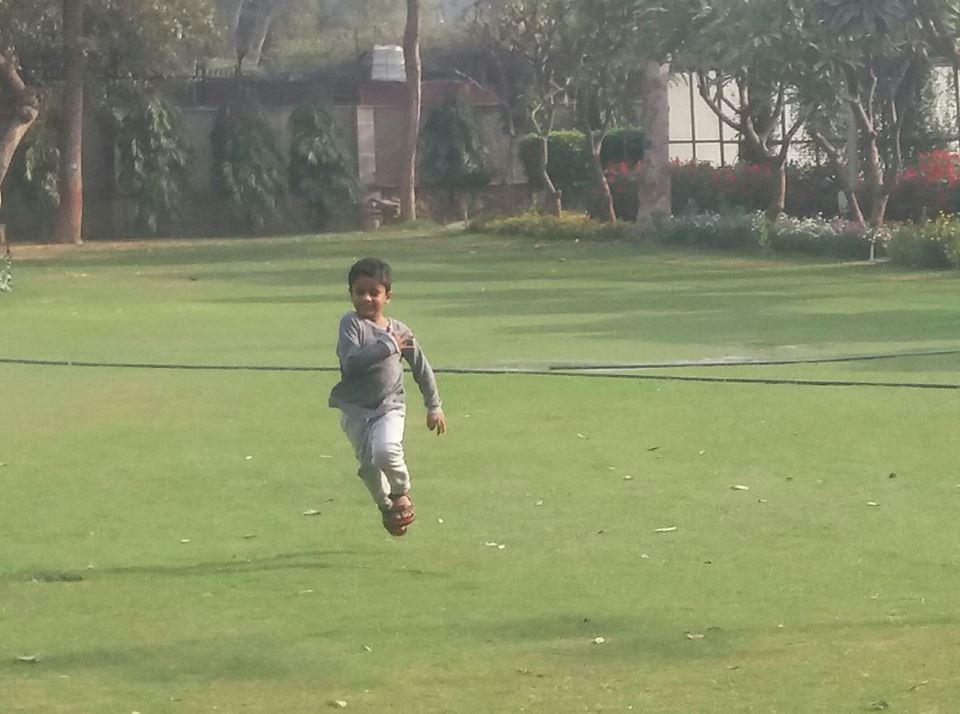Physical activity “May tail off by age seven in boys and girls”

Mumbai: Physical activity levels may start tailing off as early as the age of seven, rather than during adolescence as is widely believed, according to new research led at the University of Strathclyde.
And there is no evidence to indicate that the decline is greater among girls than boys, the findings show.
The long-term study states that the prevailing view among policy makers and health professionals is that physical activity levels during childhood are adequate, but fall sharply during adolescence – with the decline is significantly greater among girls.
But the research has discovered there is actually very little firm evidence to back this up and what research has been carried out in this area has mostly been done before the impact of new technologies would have been felt.
The study, with Newcastle University, has been published in the British Journal of Sports Medicine.
Professor John Reilly, of Strathclyde’s School of Psychological Sciences and Health, led the study. He said: “Our study has found that all the boys and girls we assessed were taking paths which were inconsistent with the orthodox view that physical activity begins to decline at adolescence, declines much more rapidly at adolescence or declines much more rapidly in adolescent girls than boys.
“We did not set out to examine the reasons behind the changes, but finding out why around one in five of the boys managed to maintain levels of moderate to vigorous physical activity throughout the study period might help to inform future policy and practice.
“The study also questions the concept of the adolescent girl as a priority for research and policy efforts in physical activity.
“Future research and public health policy should focus on preventing the decline in physical activity, which begins in childhood, not adolescence, and providing an improved understanding of the determinants of the different physical activity trajectories, including an understanding of the relative importance of biological and environmental influences.”
To quantify the timing of any changes, the researchers tracked the physical activity levels of a representative sample of around 400 children. These children took part in the Gateshead Millennium Cohort Study in North East England between 2006 and 2015.
Physical activity levels were measured when the children were aged seven, nine, 12 and 15, using a small lightweight portable monitor, the Actigraph, worn for seven days at a time. This recorded activity for 15 second intervals, and was removed only at night, and for bathing or swimming.
As an additional back-up, the families involved were asked to log when devices were worn and removed each day.
Overall, the total volume of physical activity fell from the age of seven onwards in both boys and girls during this time, with declines no steeper during adolescence than in earlier childhood. However, the data showed the decline was not uniform.
Four distinct patterns emerged for the boys: low levels that slowly tailed off from the age of seven (3% of the sample); initially high but rapidly declining levels from the age of seven (17%); moderate levels that gradually tailed off from the age of seven (61%); and stable levels of moderate to vigorous physical activity throughout (19%).
There were three different patterns among the girls: low levels of physical activity to start with, which slowly declined from the age of seven (19%); moderate levels that gradually tailed off from the age of seven (62%); and high initial levels that fell sharply from the age of seven onwards (19%).
The study is observational and firm conclusions cannot be drawn from it about cause and effect. Furthermore, although the findings are representative of North East England, they may not be applicable to other areas of the country or to other nations.
The study was funded by the Scottish Government Chief Scientist Office and the Medical Research Council’s National Prevention Research Initiative.

